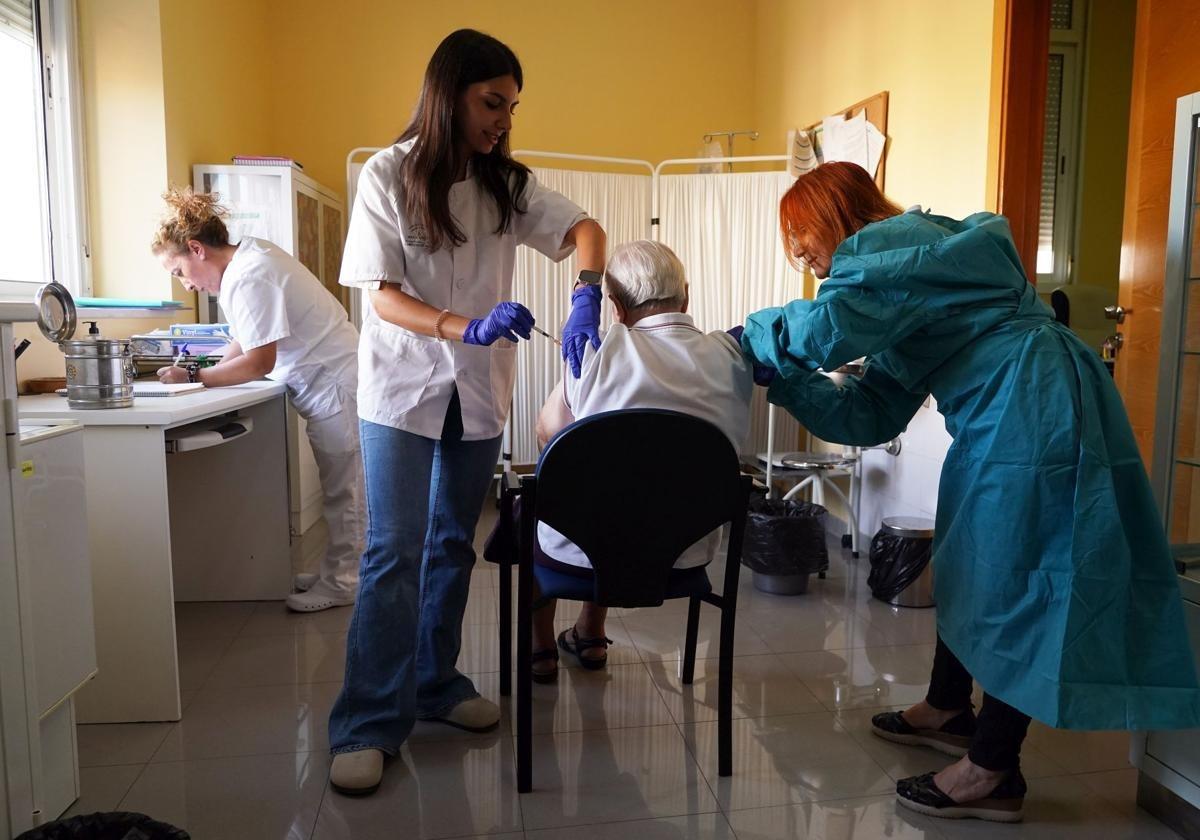Flu vaccine halves risk of death, say Spanish scientists, though effectiveness varies by subtypes
A report concludes that immunisation prevents infection, contagion and the possibility of aggravation of the disease in those infected
Vaccination against flu is effective in both preventing infection and reducing mortality, although the level of protection varies according to age group and influenza virus subtype, according to a meta-analysis conducted by Spanish scientists and published in the European Respiratory Review. After reviewing 192 reports that had studied the effectiveness of the vaccine in 6.5 million patients in 38 countries, the text concludes that vaccination halves the chance of dying in the event of infection, especially in people at risk.
Led by scientists from the CEU San Pablo university, and also involving the Carlos III health institute, the national influenza centre in Valladolid and the Hospital 12 de Octubre in Madrid, the research has examined the effectiveness of the flu vaccine by age and with respect to the three most common subtypes of the virus. The results show that the vaccine is effective in preventing infection against the H1N1 subtype of the influenza A virus and against the influenza B virus in all age groups, from children under five years old to people over 65, while for the H3N2 subtype, the jab is effective in young children, but provides somewhat less protection in adults.
"Vaccination reduces up to four times the probability of death in people with cardiovascular problems such as hypertension, and also significantly reduces the risk of death in people with neurological problems, such as Alzheimer's and other dementias," said Estanislao Nistal, virologist and professor at San Pablo CEU.
The flu vaccine is updated every year to maintain effectiveness and strengthen protection, mainly among older adults, the group most likely to benefit from improvements in the formula. Between 3,000 and 6,000 people die each year in Spain from flu-related problems, mainly young children, older adults and people with weakened immune systems, the three groups most at risk.
The authors stress that despite differences in effectiveness between subtypes, annual influenza vaccination "remains the best tool for preventing and also combating influenza by reducing the risk of dying from associated complications".
"The vaccine not only helps prevent infection and transmission, but also reduces the severity of symptoms in those who get sick, which reduces the likelihood of serious complications, such as pneumonia, hospitalisations, ICU admissions and deaths," added José María Eiros, director of the national influenza centre in Valladolid.
The document stresses the importance of continuing public awareness campaigns to improve vaccine uptake and achieve greater coverage to protect not only those immunised, but also their close contacts. In September, the interterritorial health council identified target groups for vaccination against influenza and Covid-19 this winter season. These are those under five years of age, those over 60, residents of disabled and geriatric centres, adults with diabetes and chronic diseases, pregnant women and those living with immunocompromised persons.
According to reports from the ministry of health, the flu coverage rate last year reached 66.96 per cent of the over-64s, 55.26 per cent in pregnant women, 41.89 per cent in healthcare workers and 37.22 per cent in children aged one to five. However, these figures still fall short of the targets set by the health ministry, which aims to achieve 75 per cent coverage in the elderly and health workers and 60 per cent in pregnant women and people at risk.

